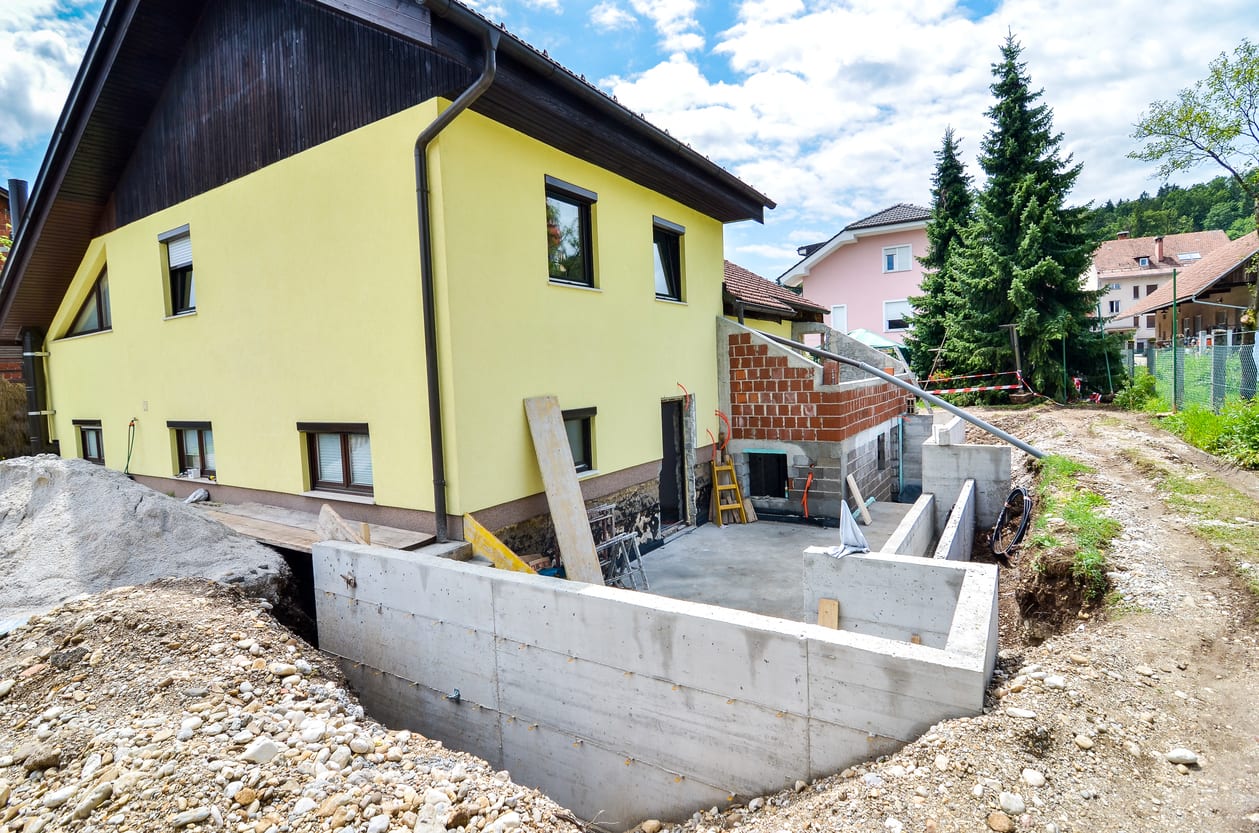The Honolulu Stormwater Guide really is our compass in urban sustainability.
Introduction
Honolulu Stormwater Guide: Navigating Impervious Surfaces” is the focus of this blog post. In the picturesque city of Honolulu, managing stormwater is a crucial aspect of urban planning. The City and County have implemented a comprehensive strategy to effectively manage stormwater and minimize the impact of impervious surfaces on residential properties. This guide aims to demystify Honolulu’s Residential Storm Water Management Plan (RSWMP) and its requirements.
Understanding the RSWMP
The RSWMP is a meticulously designed checklist to manage stormwater and impervious surfaces. Impervious surfaces are areas like rooftops, driveways, and patios that can’t absorb water, leading to runoff. When planning a building project, it’s crucial to calculate the impervious surface area (ISA) on your property. The aim is to keep this below 75% of your total property area, a standard set by the local authority.
Strategies for Managing Rainwater
To manage rainwater, the City and County of Honolulu encourage several strategies. These include landscaping areas, installing permeable pavements, and creating rain gardens. These strategies help absorb rainwater and reduce runoff, thereby minimizing the impact on the local environment.
Additionally, activities that might affect water quality, like gardening and car washing, should follow best management practices (BMPs). BMPs are effective and practical methods to prevent or reduce pollution, ensuring that our activities do not negatively impact the environment.
The Approval Process
Once your plan is ready, it’s submitted to the city for approval. This process ensures that all residential projects adhere to the guidelines set out in the RSWMP. If approved, it’s your responsibility to implement and maintain the plan. If you sell your property, the new owner will need to continue implementing and updating the plan, ensuring a continuous commitment to stormwater management.
Nonconforming Impervious Surface Area
For properties with more than 75% ISA, the City and County of Honolulu have a form called the “Existing Nonconforming Impervious Surface Acknowledgement”. By signing this form, property owners acknowledge that they may be subjected to higher Storm Water Utility fees. These fees fund stormwater management services and are typically based on the amount of ISA on a property. Property owners may not be eligible for any discount, credit, or rebate to reduce the fee unless they reduce the ISA to less than 75%.
Glossary of Terms
To help you better understand the RSWMP, here are some key terms:
- Stormwater Management: The process of controlling rainwater that falls on the ground to prevent flooding and water pollution.
- Impervious Surfaces: Surfaces that do not absorb water, leading to runoff instead of absorption into the ground.
- Residential Storm Water Management Plan (RSWMP): A plan outlining how a residential property will manage stormwater and impervious surfaces.
- Best Management Practices (BMPs): Effective and practical methods to prevent or reduce pollution.
- Nonconforming Impervious Surface Area (ISA): A property where the ISA exceeds the standard limit set by the local authority, typically 75% of the total property area.
- Storm Water Utility Fee: A fee based on the amount of ISA on a property to fund stormwater management services.
Conclusion
Managing stormwater and impervious surfaces is vital for maintaining the health of our environment and communities. By understanding and adhering to the RSWMP, property owners in Honolulu can contribute to effective stormwater management and sustainable urban development. This commitment ensures that the beauty of Honolulu is preserved for future generations.
 Copyright secured by Digiprove
Copyright secured by Digiprove 


